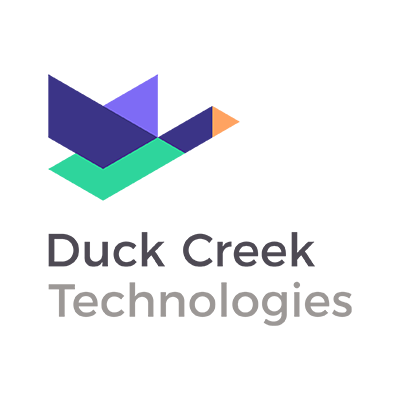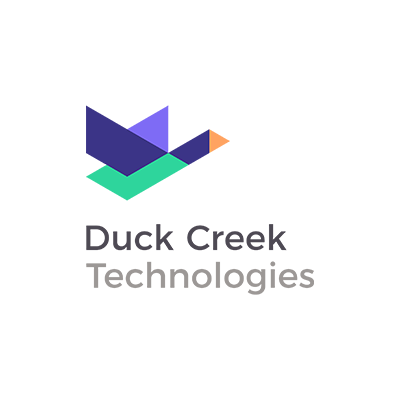Sydney – May 2, 2023 – Australian and New Zealand insurance providers could be inadvertently putting themselves at increased risk and driving up the cost of their own ceded reinsurance due to the reinsurance management processes and solutions they are operating.
Whilst reinsurance is largely about minimising insurers’ exposure to risk, many insurers may still be using risky, outdated and manual methods to manage their reinsurance programs, leading to higher reinsurance costs and potentially exposing them to other significant consequences. These antiquated methods include spreadsheets, outdated legacy systems, and manual processes and workarounds.

“Reinsurance, insurance for insurers, is a vital function, empowering insurers to offer more coverage to customers at a more competitive price. A strong reinsurance function is vital to delivering better customer outcomes,” according to Julien Victor, Managing Director, Reinsurance at Duck Creek Technologies.
Victor adds, “At a time when every insight, innovation, influence and advantage is needed to help insurers take ownership of their reinsurance program, the continued use of antiquated methods may be the biggest factor undermining their reinsurance capabilities. This can harm their business operations, risk position, bottom line, and of course, the end consumer.”
Even though insurance and reinsurance go hand-in-hand, the insurance side of many businesses has received most of the recent industry investment and attention on digital transformation. This leaves reinsurance departments behind the tech transformation curve, using outdated and riskier methods to manage their contracts and commitments.
Without modern reinsurance solutions in place, insurers are at a disadvantage when negotiating their reinsurance contracts. Outdated reinsurance systems and practices likely contribute to higher leakage, limit access to useable data and insights, limit access to more competitive reinsurance markets and limit capacity to use more complex yet competitive contract structures.
“Costly major natural disasters, coupled with global inflation, supply chain constraints and soaring energy prices factors out of the control of many insurers are pushing up reinsurance costs. Insurers shouldn’t be contributing further to an already challenging environment by relying on antiquated reinsurance management methods,” according to Victor.
On top of macro forces impacting insurers, continued use of these antiquated methods in reinsurance may negatively impact an insurer’s agility, contribute to their inability to integrate their reinsurance operations into other solutions easily, and place dependence on human manual input. This may leave an insurer highly vulnerable to the increasing complexities of modern and global contract structures, cyber security threats, changing regulations and more stringent compliance requirements.
These antiquated systems can also restrict the data and insights available, impairing strategic decision-making and contract negotiations. They increase the burden placed on staff because of their unreliability and lack of useability, increasing the chances of employee dissatisfaction and burnout.
Ultimately, these systems could contribute to a significant loss of business productivity and profitability, or even worse.
“We’ve worked with insurers who had identified that their current use of antiquated methods to manage their reinsurance contracts represented an unacceptable level of risk on multiple business fronts. This had inspired them to review their reinsurance management methods and implement a more modern and less risky reinsurance management solution,” said Victor.
With recent end-of-year reinsurance renewals costing significantly more and the future half-yearly renewals expected to be even higher, insurers will either have to restrict their risk exposure or incur higher reinsurance costs. If this happens, ultimately, the end consumer individuals and SMEs will suffer.
“In the current environment of rising costs and increasing business pressures, insurers should look to do everything in their power to help deliver their customers the best outcomes possible,” concluded Victor.
About Duck Creek Technologies
Duck Creek Technologies is the intelligent solutions provider defining the future of the property and casualty (P&C) and general insurance industry. We are the platform upon which modern insurance systems are built, enabling the industry to capitalize on the power of the cloud to run agile, intelligent, and evergreen operations. Authenticity, purpose, and transparency are core to Duck Creek, and we believe insurance should be there for individuals and businesses when, where, and how they need it most. Our market-leading solutions are available on a standalone basis or as a full suite, and all
are available via Duck Creek OnDemand. Visit www.duckcreek.com to learn more. Follow Duck Creek on our social channels for the latest information – LinkedIn and Twitter.
Media Contacts:
Chris Hamilton
chris.hamilton@duckcreek.com





